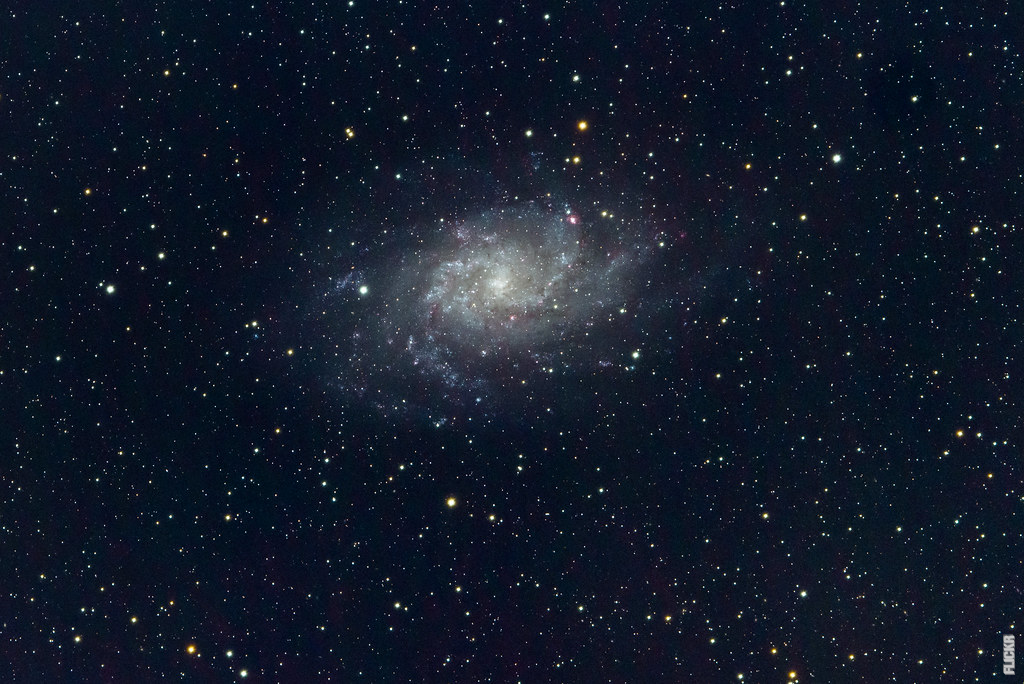A Journey Through the Cosmic Tapestry
Imagine embarking on a journey through the vast cosmic tapestry, venturing far beyond our own Milky Way galaxy. As we venture deeper into the universe, one question arises: how do scientists measure the mind-boggling distances to other galaxies? Join us as we unravel the secrets of cosmic yardsticks.
Triangulation: The Stellar Ruler
One of the primary methods astronomers employ to measure the distance to other galaxies is triangulation. Imagine standing in an open field, gazing up at the night sky. By measuring the angles between two reference points, such as your eyes and a distant tree, you can calculate the tree’s distance using simple trigonometry. Astronomers use a similar technique, but with a cosmic twist.
Standard Candles: Illuminating the Cosmos
Another powerful tool in the cosmic distance arsenal is the use of standard candles. In astronomy, a standard candle is an object of known luminosity. By comparing the intrinsic brightness of these celestial beacons to their apparent brightness as observed from Earth, scientists can determine their distance. One such standard candle is the Cepheid variable star, which pulsates with a predictable pattern.
Redshift: The Cosmic Doppler Effect
Redshift, a phenomenon rooted in the fundamental principles of physics, provides yet another method for measuring the distance to other galaxies. As light waves travel through the expanding universe, they get stretched, causing their wavelengths to shift towards the red end of the electromagnetic spectrum. By analyzing the degree of redshift in the light emitted by galaxies, scientists can estimate their distances.
Cosmic Lenses: A Gravitational Perspective
Albert Einstein’s theory of general relativity introduced the concept of gravitational lensing, which can also aid in measuring the distance to galaxies. Massive objects like galaxies can bend and distort the fabric of spacetime, acting as cosmic lenses. By studying the bending of light around these gravitational lenses, scientists can infer the distance to the lensed galaxy.
Post
Post
Astrophysical Yardsticks: Beyond the Milky Way
While these techniques are powerful, they have limitations. To measure distances beyond the reach of standard candles and redshift, astronomers rely on what are known as astrophysical yardsticks. These yardsticks include objects like supernovae and globular clusters, which have well-documented properties. By comparing these properties to their observed characteristics, scientists can estimate the distances to other galaxies.
Unveiling the Cosmic Mysteries
Through the ingenious application of triangulation, standard candles, redshift, gravitational lensing, and astrophysical yardsticks, scientists have been able to unravel the enigmatic distances to other galaxies. These groundbreaking techniques are crucial in expanding our understanding of the vastness of the cosmos and our place within it. So, the next time you gaze up at the starry night sky, remember that behind the scenes, scientists are tirelessly working to measure the immeasurable and uncover the secrets of our cosmic neighbors.



